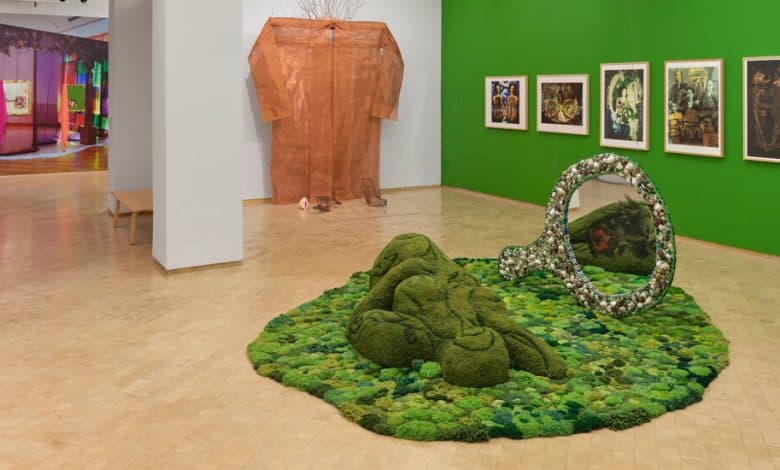After Making Altars to Her Icons, an Artist Builds Her Own Legacy

Over a long career of art and activism, Amalia Mesa-Bains has been a vigorous champion of Chicano culture and the experiences of women within that culture. Her altar-like installations, which draw from her own life as a Californian daughter of Mexican immigrants, command space with a dizzying array of personal effects and mementos.
They take aim at some dauntingly big targets: the Roman Catholic Church, colonialism, the patriarchy. And they emphasize overlooked histories with sheer, undeniable accretion, or what the artist has called an “aesthetic of accumulation: accumulation of experience, reference, memory, and transfiguration.”
Now, in a powerful and overdue exhibition at El Museo del Barrio, Mesa-Bains is acting as her own best advocate. At 80, after a series of health struggles, she is taking control of her legacy in a show that links all of her major installations for the first time. This process is more complicated than it sounds: Many of Mesa-Bains’s early works, consisting of found objects from friends and family, were originally meant to be ephemeral, and she often recycled their components from one project to the next (adapting the Chicano strategy of reuse that had come to be known within the community as “rasquachismo.”) Some of the works at El Museo have been updated and expanded, or edited down, from their initial presentations. So although the exhibition is technically a retrospective, it’s also a singular, career-defining new mega-work.
“Amalia Mesa-Bains: Archaeology of Memory” comes to El Museo from the Phoenix Art Museum and, before that, the Berkeley Art Museum and Pacific Film Archive, where it was organized in collaboration with the Latinx Research Center at Berkeley. The El Museo presentation (overseen by the museum’s curator Susanna V. Temkin, with the curatorial fellow Chloë Courtney) is Mesa-Bains’s first New York museum solo since 1993, when she had a single-room installation at the midtown branch of the Whitney.
Coming just a year after her receipt of the MacArthur award in 1992, the Whitney show was something of a breakout moment. Other exhibitions and accolades followed, most of them on the West Coast, where Mesa-Bains was born and raised, in Santa Clara, Calif., and where she had established herself as a professor at the University of California, Irvine (with a doctorate in clinical psychology) and a leader in the Chicano art community.
